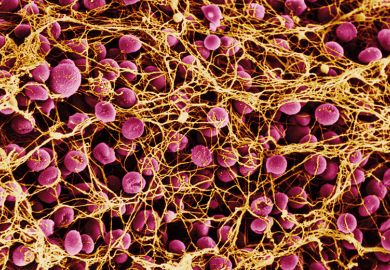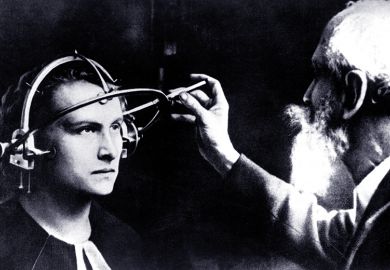This is an unusual and intellectually invigorating book about emotions and how brain states might give rise to emotions. It is, most assuredly, not a book presenting a theory of “the conscious experience of emotion”, but instead the “neuroscience of emotion states”.
This is an unusual approach: terms such as “introspection” and “self-reports” are absent from the index, and there is no consideration of the “conscious experience” of emotion or, indeed, the experience of “having” an emotion. Thus, this is as much a book of exclusions as inclusions. Paradoxically, this makes it richer and more challenging, as the authors attempt a “foundational” approach, considering the causal roles of emotion in behaviour, how we can think causally within neuroscience, the need for psychological and neurobiological approaches to emotion, and all in a comparative fashion.
Other species get considerable mention, with a particularly strong focus on the great progress that has been made in understanding fearful emotions, using the rat as a model. Other animals are also considered: fruit flies, crayfish, bees, squid and the like. Remarkably, drugs used to treat emotional disorders in humans change the behaviour of rats and flies in ways that would be interpreted as “anxiety reducing” in humans. So do flies experience emotions or, rather, “does the activation of a neural system that represents valence equate to the activation of an internal emotion state” (as the authors rather carefully put it)? A short answer might be “no”. A nuanced answer examining the outcomes of multiple threats to the bodily integrity of the fly suggests that flies exhibit certain primitive elements of emotion, consistent with an internal “emotional” state causing certain behaviours.
The authors’ approach is rooted in thinking through how a science of emotion might look. As such, they have produced something very different from the run-of-the-mill books on emotion presenting a particular point of view or all-embracing theory, or an à la carte compendium of theories of emotion from the ancients to the moderns. Given the knowledge now available, the time for theoretical compendiums has passed into history, Ralph Adolphs and David Anderson seem to be saying.
This is a surprising and paradoxical text focusing as much on what we don’t know, the better to understand what we do. In some respects, the book feels like an exercise in thinking out loud from first principles, making many demands on the reader, forcing one to pause regularly. These first principles start with considering what a theory of emotion might look like and should embrace, with an important and necessary segue into causality and emotions. Brain imaging gets some deserved scepticism, all the better as coming from two authors whose scientific reputations have been built in large part using modern brain-imaging techniques. Approaching the science of emotion inevitably requires a levels-of-analysis approach, with psychology providing the necessary “functional” theory and neurobiology implementing it. Missing are the translation rules that allow us to walk down from psychology or up from neurobiology but, no doubt, such rules will follow in time. This is an important, agenda-setting and clearly written book that should now be an essential starting point for the science of emotions.
Shane O’Mara is professor of experimental brain research at Trinity College Dublin, and author of Why Torture Doesn’t Work: The Neuroscience of Interrogation (2015).
The Neuroscience of Emotion: A New Synthesis
By Ralph Adolphs and David Anderson
Princeton University Press
376pp, £35.00
ISBN 9780691174082
Published 20 June 2018
Register to continue
Why register?
- Registration is free and only takes a moment
- Once registered, you can read 3 articles a month
- Sign up for our newsletter
Subscribe
Or subscribe for unlimited access to:
- Unlimited access to news, views, insights & reviews
- Digital editions
- Digital access to THE’s university and college rankings analysis
Already registered or a current subscriber?










